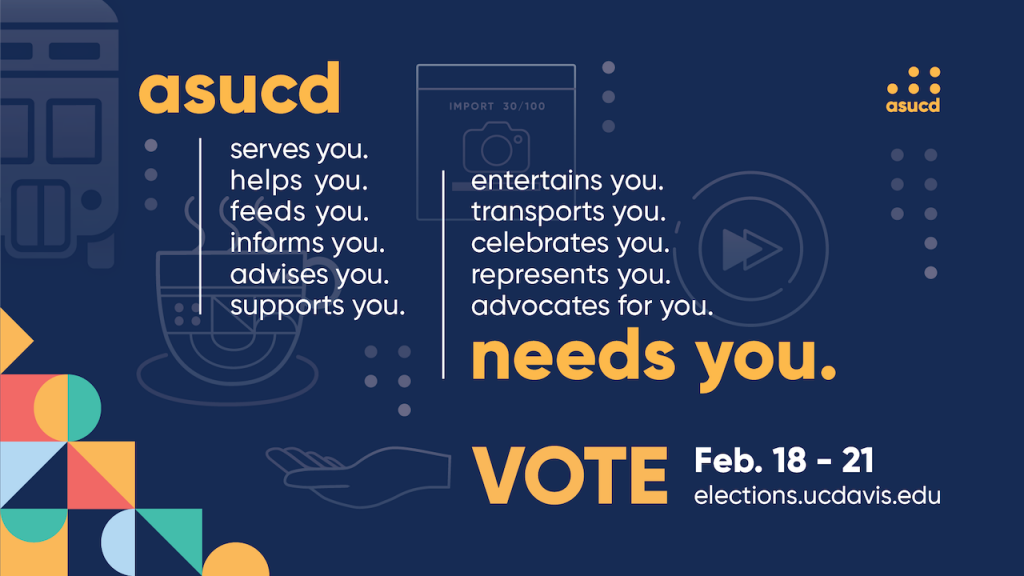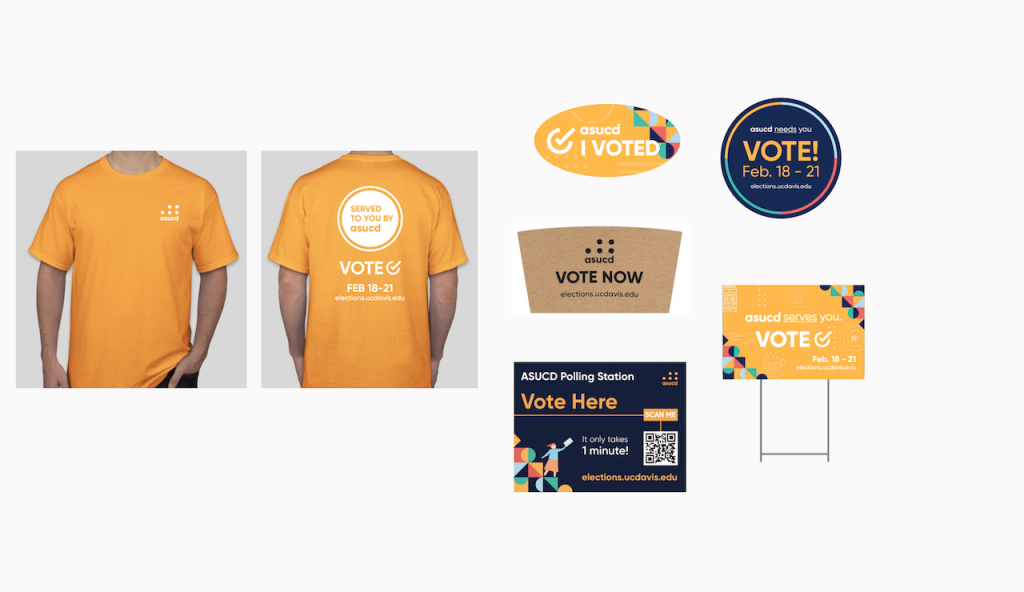2020
ASUCD Referendum
Client
Associated Students of the University of California, Davis (ASUCD)
Description
The purpose of the ASUCD Referendum was to unify all units, commissions, and committees to help educate the UC Davis student body on the consequences that would follow if a student fee increase was not approved.

Background
ASUCD was founded in 1915 with the sole purpose of catering to the needs of the growing student population at UC Davis. Over the years, ASUCD has grown exponentially offering a variety of services to students such as the Unitrans bus system, the Coffee House, and the Bike Barn shop. ASUCD is even responsible for well-known events such as Picnic Day, Whole Earth Festival, Sunset Fest, and Lawntopia.
To be able to provide all these services and events, ASUCD is funded through two main sources: income from commercial units/activities and an undergraduate student base fee that is paid every quarter. In the past few years, the base fee has been $8.00 per quarter and has not increased since 1979. ASUCD was facing a $500,000 deficit in the 2018-2019 annual budget due to inflation, increased cost of goods, and higher student wages that help run these services. If ASUCD continued this route, without making any changes, they would not be able to maintain their current level of operations.
My Role
As the Project Manager, I managed all project logistics and distributed work to the various departments within Creative Media. This included managing our project budget and running headquarters on the week of the elections. Additionally, I facilitated consistent follow-up communication, in and outside of Creative Media, and kept track of project deadlines.
Objectives
ASUCD leadership proposed to increase the base fee to $26.00 per quarter in the 2020 ASUCD Winter Elections. They needed at least 20% of the undergraduate student population to vote and at least 60% of those votes need to be affirmative to pass the proposal. On average, only 12% of the student population voted in previous elections.
Awareness
Unite all ASUCD units and bodies of student government together to maximize publicity on the issues.
Inform
Create an unbiased and informative referendum campaign.
Deadline
Ensure everything ran smoothly in time for election week.
Conception
The largest part of this project and the first step was to decide on a theme and message. The marketing, design, and multimedia teams came together to create a message that was consistent with the ASUCD brand and informative of the referendum. They used input from ASUCD leadership, students within ASUCD, and students outside of ASUCD to ensure that everyone could understand the message.

Process

Infographic
The design team worked to create an infographic that would describe what the referendum was about and the possible consequences that would follow if the proposal did or did not pass. The design team worked closely with the marketing team to include the most necessary information on the infographic while still maintaining a clean and simple design.
Website & Video
Afterward, the multimedia team was tasked with creating a video that could concisely explain the referendum without boring our viewers. Simultaneously, our programming team created a page on the ASUCD website that would contain all the information regarding the proposal and serve as a one-stop-shop for students interested in learning more.


Digital & Physical Materials
The marketing team chose to do a combination of physical and digital marketing to get the greatest exposure over the entire campus. The design team created physical materials such as A-frames, lawn signs, banners, stickers, coffee sleeves, posters, and shirts for people to wear on the week of elections. Additionally, the design team created altered digital materials from the infographic and flyers to be displayed on LCD screens around campus.
Reflection

Accountability
One of the lessons I quickly learned was that efficient communication and holding team members accountable is essential for any project. I did this by setting a clear timeline of all the milestones we had to achieve.
Adapting
The second lesson I learned was how to respond to change. I was used to minor changes occurring during projects before but because this campaign had so many moving parts, if one thing was added or changed last-minute it could throw off my entire timeline. I faced this challenge by anticipating for potential roadblocks and creating more buffer time for my teams to work.
Takeaway
In all my time at Creative Media and being the Project Manager, this project was the largest and had the most stakeholders involved. However, this experience helped me practice consolidating information quickly, adapting to any situation, and working with a diverse group of people. In the end, we were successful in passing the proposal!
Team Credits
- Shubha Chakravarty, Aggie Studios Executive Producer and Multimedia Team – Client Director, Photographers, Videographers, and Animators
- Saahil Patel, Creative Media Marketing Director and Marketing Team – Copywriter and Social Media Manager
- Jiwon Choi, Creative Media Lead Designer and Design Team
- JJ Hsu, Creative Media Lead Programmer and Programming Team
